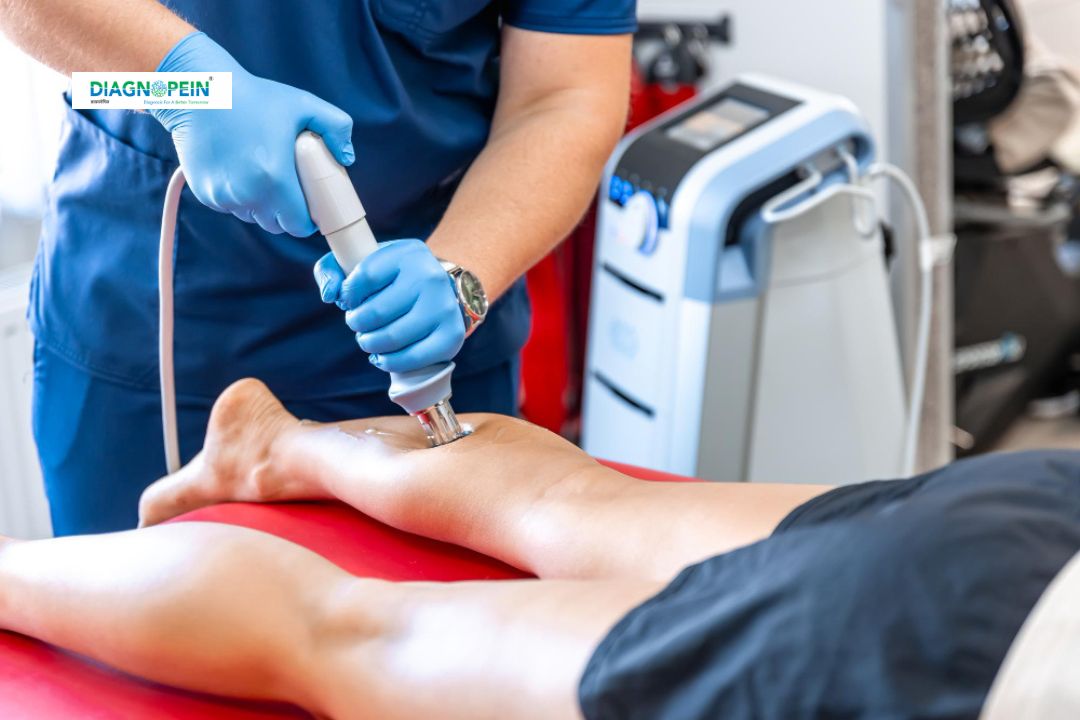Why USG Both Leg Venous & Artery is Important
Understanding leg circulation is vital for diagnosing numerous vascular issues. USG Both Leg Venous & Artery provides detailed information about the function of blood vessels without the need for any invasive procedure or radiation exposure.
Key reasons for the test:
-
Persistent leg pain, heaviness, or cramps during walking.
-
Visible varicose veins or swelling.
-
Non-healing wounds or sores on the lower limbs.
-
History of diabetes, hypertension, or high cholesterol.
-
To evaluate post-surgical recovery of vascular grafts or stents.
This scan helps physicians identify the root cause of symptoms and decide whether medical or surgical intervention is necessary. Early detection through USG Both Leg Venous & Artery can effectively prevent complications like deep vein thrombosis or critical limb ischemia.
Benefits of USG Both Leg Venous & Artery
USG Both Leg Venous & Artery offers multiple advantages for patients and clinicians:
-
Non-invasive, safe, and painless procedure.
-
Provides real-time, high-resolution imaging of both arteries and veins.
-
No radiation or contrast dye required.
-
Detects early vascular changes that may not be visible in physical examination.
-
Helps plan treatment or monitor progress after medical therapy or surgery.
For patients with chronic conditions such as varicose veins or peripheral artery disease, USG Both Leg Venous & Artery is an essential preventive and follow-up tool.
How the Testing is Done
During the USG Both Leg Venous & Artery test, the patient lies comfortably on the examination table. A certified radiologist or sonographer applies a special gel on the legs to help transmit the ultrasound waves. Then, a transducer (probe) is moved over the skin surface to capture live images of veins and arteries.
Typical steps in the procedure:
-
No special preparation or fasting is required.
-
Wear loose or easily adjustable clothing for easy leg access.
-
The scan usually takes 30–45 minutes.
-
Results are interpreted by a radiologist and shared with your referring doctor.
This test is completely pain-free and safe for all age groups. It can be repeated as often as required for follow-up evaluations.
Parameters Assessed in the Scan
The USG Both Leg Venous & Artery evaluates several vascular parameters, such as:
-
Blood flow velocity and direction.
-
Presence of blockages, narrowing, or thrombosis.
-
Arterial wall thickness and pulse intensity.
-
Venous reflux and valve competence.
-
Detection of aneurysm or plaque formation.
By assessing these parameters, the test helps ensure accurate diagnosis and medical decision-making.









